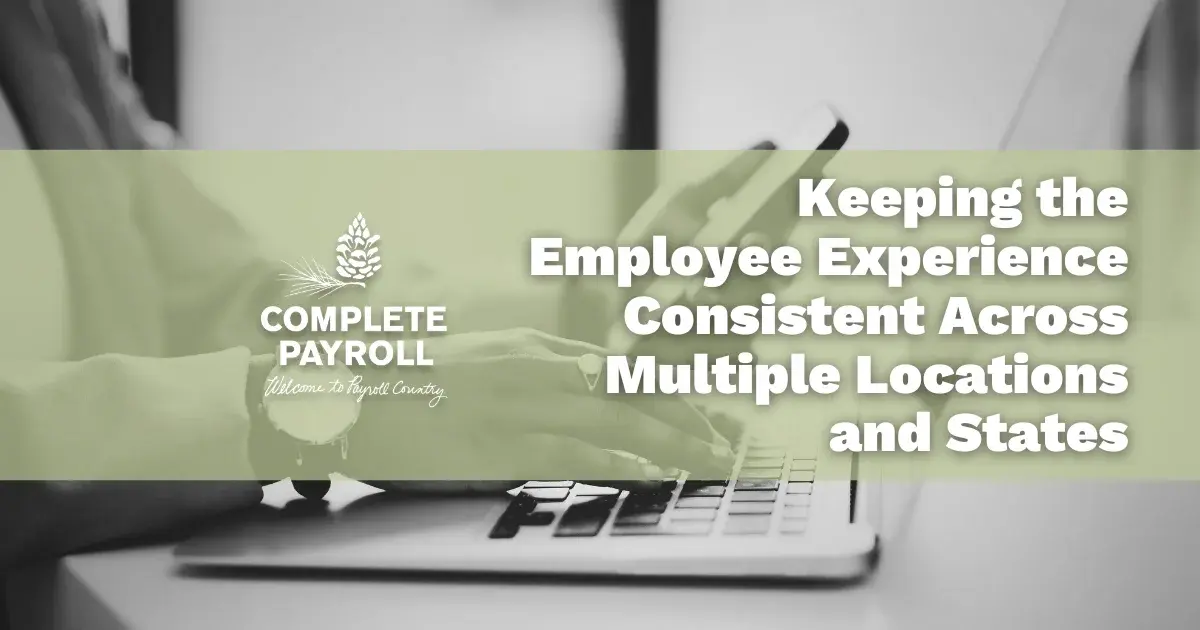
More and more employees are working from home. With today’s technology it is more feasible to hire remote employees. As a manager you need to follow certain guidelines in order keep your remote employees feeling valued.
Communication is Key
Communication is an important aspect of any business, from setting project expectations to feedback loops for stakeholders and hitting important milestones. For in-office employees this can be as simple as dropping by their desk and having a quick conversation. But for remote employees this can present more of a challenge.
Luckily, technology has made communication between coworkers much smoother. Platforms like Slack allow instant chat that can keep remote workers looped in on office conversations. Employees feel more valued when they are able to have their opinions heard. It is critical for all employees, remote or not, to have an open channel of communication.
Video chat can be an effective communication tool. Being able to see a person’s face and non-verbal cues helps people communicate more clearly and truly understand the message. As a manager you should consider tools such as Google Hangouts, Skype, Zoom, or GoToMeeting.
Also, utilizing a payroll company can ensure that remote employees are paid on time, sending direct deposit payments and tax information directly to the employees. You will have access to the data you need to run your business, and your remote employees won’t ever need to wait to get their pay.
Set Expectations and Boundaries
It is critical to set expectations and boundaries, especially with remote employees who may be in different time zones. Set hours for when employees are expected to be working, as well as when employees (and you as manager) are available to contact. No one wants to attend a meeting at 4:00 AM!
Communicate the boundaries of how quickly a person should respond to a message. Maybe for an email 24 hours is an acceptable response time. More urgent matters may be a direct text message and a faster response is expected.
For employees working at home, it can be challenging to separate work life and home life. By setting specific time expectations and boundaries on communications, employees can better feel like they are doing their job well.
Additionally, it’s important to remember that just because the employee is not working on site, you can’t just toss the employment laws out the window. You must ensure that your remote employees enjoy the protection that onsite employees get, too!
Stay in Touch
Happy employees are productive employees. It’s important as a manager of remote workers to regularly take a pulse on how they are feeling about their job the tasks they are given. If this is the first time a person has worked remotely, it’s good to see how they are feeling about the challenge. Working remotely is not for everyone and some people feel more isolated than others. While there is a freedom to not being in an office environment, some employees need the interaction with other people to be happy with their job.
Setting up a regular video chat with remote employees is a good way to stay in touch. By asking how they feel about their remote situation, employees get a chance to voice their opinion. This can make them feel more vital to the business. You’ll also set up an opening for employees to share any potential stumbling blocks they’ve noted as they adapt their work to a remote setting. If they know they’ll be speaking to you on a regular basis, they’re more likely to speak out if they notice small changes that could be made to improve their experience and their productivity.
Establish Bonds of Empathy
One of the less obvious differences between in-office employees and remote employees is the amount of communication unrelated to the workplace. In an office there is more banter around a person’s desk, around a water cooler, or in the kitchen. How was your weekend? How are the kids? Did you see the game last night? Why is Dr. Oz doing true crime shows every Tuesday?
These conversations establish bonds of empathy between employees that are critical to their well being. When people feel like others genuinely care about facets of their lives, they are happier with their role and more productive. It’s important to extend these bonds of empathy to remote workers. Through chat and video conferencing you can help the remote employee experience the same bonds.
Empower Team Members
In order to operate independently, remote employees need freedom and responsibility. Tasks that require management approval at every step slows down productivity. Make sure to give remote employees a variety of tasks, some of which they can complete on their own.
When people are allowed to solve their own problems they feel more valued. These types of learning opportunities happen more naturally in an office environment, but more effort is needed to create them for remote employees.
If you’re new to managing remote employees, get the help you need to ensure that the arrangement is successful for you as well as your team. At Complete Payroll, we consider ourselves to be experts in remote hiring. You can talk to us to get the information you need to ensure that you’re using the best practices to manage your remote employees— click here to contact us today!
There's no denying the growing trend of remote employment in the United States. So check out our comprehensive overview of everything employers should know about a remote workforce, including upsides, downsides and overall impact to payroll and HR systems.


















 Get Instant Blog Notifications
Get Instant Blog Notifications


